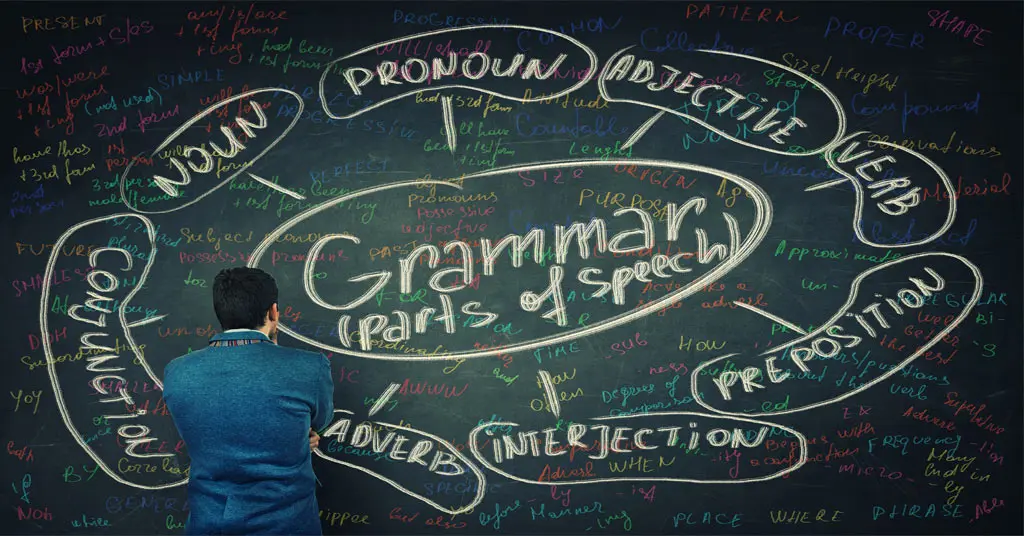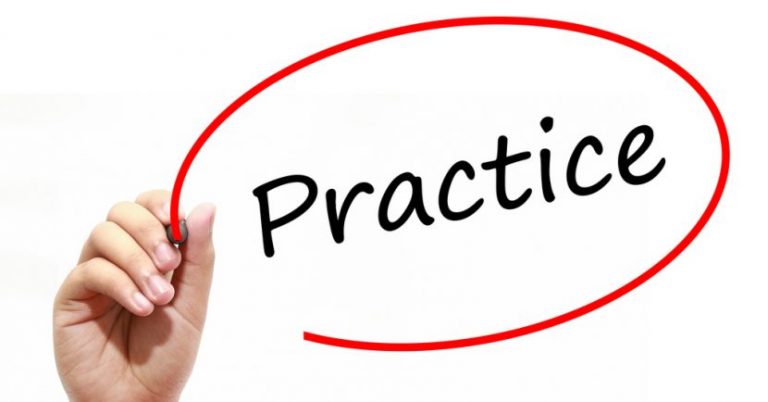The UWorld College Prep Blog

Verb Tenses and Forms on the Digital SAT® Reading & Writing | Complete Guide With Examples
Strong control of verb usage is one of the fastest ways to improve your SAT® Reading & Writing score. When you understand how timelines work and how verbs fit the structure of a sentence, many tricky questions become easy. This guide walks you through all the essential verb tenses, forms, and error-spotting techniques you’ll need for the exam.
Recent Articles

Homeschool SAT® Prep | A Simple Guide for Homeschooled Students
Homeschool SAT® prep doesn’t have to be confusing. This guide breaks down simple steps, study tips, and strategies to help homeschool students prepare for the SAT® with confidence, stay organized, and build the skills needed for a strong score.

Last-Minute SAT® Tips & Advice to Boost Your Score Fast
If your SAT® is just around the corner, there’s still time to make a difference. Last-minute SAT tips focus on strategies that improve accuracy, pacing, and confidence without cramming new content. With the right approach, you can reinforce high-yield concepts, avoid careless mistakes, and walk into test day ready to perform your best.

How to Cancel SAT® Registration | A Step-by-Step Guide
Need to cancel your SAT® registration? Here’s a quick guide on how to cancel SAT registration, key deadlines, refund rules, and what to do if you need to reschedule or change your test plans. Stay confident and make the best choice for your SAT journey.

SAT® Score Release Dates | Complete 2025-2026 Guide
Waiting for your results can be stressful, especially when college application deadlines are looming. You’ve finished the exam, and now the only question on your mind is: When are SAT® scores released? Understanding the timeline is crucial for planning your next steps, whether that involves retaking the test or sending reports to colleges.
This guide covers the official SAT score release dates, exactly when SAT scores are released, how to check your results, and why delays might happen.

What Is FAFSA®? How to Apply for Student Financial Aid
Discover what FAFSA® is, who can apply, and how to complete the form to secure financial support for your education.

Best SAT® Prep App | Top Picks to Help You Ace the SAT
Effective SAT® prep isn’t about doing more; it’s about doing it smarter. Here’s a roundup of the best SAT apps available in the market to help you choose your best fit.
All Articles

How To Prepare For SAT® Reading
Looking for how to prepare for the SAT® reading? To get complete guidance on types of SAT reading questions, best ways to read & practice. Read this now!

Tips to approach the Social Sciences passage: Critical SAT® reading
With practice, you can easily tackle your social science reading passages in the SAT® Reading test. Learn how to approach these passages with the tips given in our arctic. Read

Five Tips To Avoid Blunders on the SAT® Math Section
Want to avoid common mistakes in your SAT Math? Work on your time management skills, learn how to use effective tools, memorize important formulas etc. Read these five tips to

What Are the Benefits of Taking an SAT® Practice Test?
Learn how SAT practice tests act as an instrumental tool in preparing for the big day. Find your weaker areas and practice time restrictions for effective results.

What Should the Next Course of Action Be Post-SAT® Assessment?
Confused about the next steps you have to take after receiving your SAT® Score from the College Board? This article will guide you about the necessary steps you can take

The Complete Prep Guide for SAT® Writing
“Learn about what is tested on the SAT writing section, how to prepare for it and equip yourself with general grammar and punctuation rules to do well in the SAT
Curious About Class and Test Resources?
Get a clear overview of what the SAT measures, why it matters for college admissions, and what you’ll encounter on test day.
Explore how the SAT is structured, including section breakdowns, timing, and questions you’ll face.
Review key content areas and subject matter covered on the SAT so you know what to focus on while studying.
Explore how each part of the SAT contributes to your final score and the scoring criteria used.
Discover helpful tips and effective study strategies to organize your prep and work toward your goal score.
Stay updated on when to take the SAT, how to register, and what costs to expect.
Learn about official SAT policies and how to request testing accommodations if you need them.
Understand how the SAT and ACT compare in format, content, and scoring so you can create the best college admissions strategy for you.
Access helpful resources and guidance for international students planning to take the SAT.
Understand what’s covered on the math portion of the SAT, including topics, format, and tips for solving problems.
Understand what’s covered on the reading and writing portion of the SAT, including passage types, question formats, and key skills tested.
Learn what the ACT measures, how it supports college admissions, and what to expect from each section.
Get to know the ACT exam format: its structure, content sections, question types, and time limits.
Explore the ACT syllabus and topics to understand precisely what’s covered on the test.
Understand how the ACT is scored, how each section contributes, and what your score means.
Discover study strategies, planning tools, and tips to help you excel on the ACT.
Find out who can take the ACT, how to register, when it’s offered, and what fees to expect.
Review key ACT policies and learn how to request accommodations for extra support.
Compare the ACT and SAT to decide which test, or combination, best suits your goals.
Access resources and registration information for international students preparing for the ACT.
Understand what’s covered on the ACT math section, including topics, formats, and problem-solving skills.
See what to expect in the ACT English section, including grammar rules, sentence structure, and editing skills.
Learn about the ACT reading section, including passage types, reading skills, and question strategies.
Explore what’s tested on the ACT science section, including data analysis, experiment summaries, and graphs.
Get an overview of the ACT writing test, what’s required in your essay, how it’s evaluated, and tips for deciding if you should take it.
Study ecosystems, evolution, genetics, and molecular biology.
Learn limits, derivatives, integrals, and core calculus concepts.
Explore advanced calculus topics beyond Calculus AB.
Understand atomic structure, bonding, and thermodynamics.
Build skills in analysis, composition, and argumentation.
Analyze poetry, prose, drama, and literary techniques.
Study ecosystems, environmental issues, and sustainability solutions.
Explore migration, land use, and global human-environment patterns.
Understand supply, demand, growth, inflation, and fiscal policy.
Learn kinematics, forces, motion, and problem-solving in physics.
Explore mental processes, development, and behavior in daily life.
Study data, probability, and inference through real-world analysis.
Study the Constitution and other key documents, plus political systems, civil rights, and policymaking.
Trace U.S. history through key events, documents, and historical themes.
Explore global change through political, economic, and cultural systems.